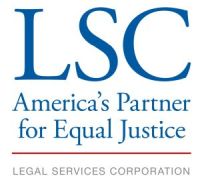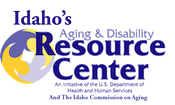Filter your results
Results 1 - 10 of 13. To narrow results enter search keywords or select filters.
The Social Security Administration manages Social Security benefits. Social Security is a federal program providing benefits to eligible workers and their families when the worker retires, becomes disabled, or dies.
A Guide to Naturalization (M-476) provides information on the benefits and responsibilities of citizenship, an overview of the naturalization process, and eligibility requirements. Recent changes in immigration law and USCIS procedures now make it easier for U.S. military personnel to naturalize (see Naturalization Information for Military Personnel).
A refugee or asylee is eligible to apply for lawful permanent resident status in the United States one year after being admitted to the U.S. as a refugee or being granted asylum. Please note that the requirements for adjustment to lawful permanent resident status vary depending on whether you are a refugee or asylee. If you are a refugee, you are required by law to apply for lawful permanent resident status one year after entering the U.S. in refugee status.
Housing built before 1978 may contain lead-based paint. Lead from paint, paint chips, and dust can pose
health hazards if not managed properly. Lead exposure is especially harmful to young children and pregnant women. Before renting pre-1978 housing, lessors must disclose the presence of known lead-based paint and/or lead-based paint hazards in the dwelling. Lessees must also receive a federally approved pamphlet on lead poisoning prevention.
Simple Steps To Protect Your Family From Lead Hazards.
Social Security income is a lifeline for most seniors. Because it is considered so essential for survival, it has traditionally been protected from attachment by creditors. However, there are some exceptions.
Please review the guide below for more information.
Instructions and sample letter to request write-off of a travel loan.
To heighten awareness about lead poisoning prevention, the U.S. Environmental Protection Agency (EPA) has developed Lead in Your Home: A Parent's Reference Guide. The Agency believes this is an essential resource for anyonefrom owners to tenantsconcerned about the dangers of lead in their home and environment. This Guidebook provides Agency recommendations on how you can reduce your familys risk of lead exposure and prevent lead poisoning, ranging from simple steps you can do now to more rigorous procedures that will permanently get rid of lead hazards in your home.
Do you renovate, repair or paint homes or child-occupied facilities built before 1978? If so, you need to know how to work safely with lead-based paint. This guide is designed to help plan for and complete a home renovation, repair or painting
project using lead safe work practices. Lead safe work practices are a group of techniques that reduce the amount of dust produced by renovation activities. When used correctly, they make the work area safer for workers and the home
safe for residents when renovation is complete.
This pamphlet is for you if you:
Reside in a home built before 1978.
Own or Operate a child care facility, including preschools and kindergarten classrooms, built before 1978, or
Have a child under six years of age who attends a child care facility built before 1978.
You will learn:
Pagination
Close
Filter your results
Type
Topics
Tags
Our Partners
LSC's support for this website is limited to those activities that are consistent with LSC restrictions.

